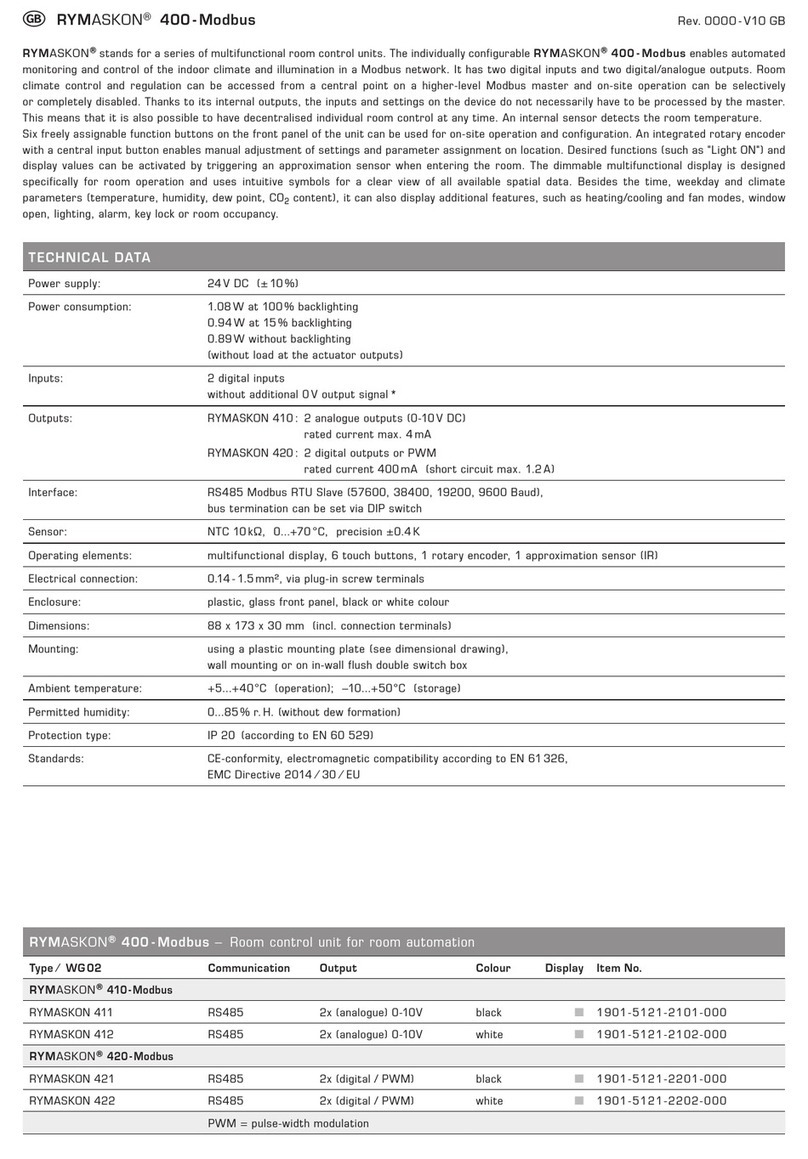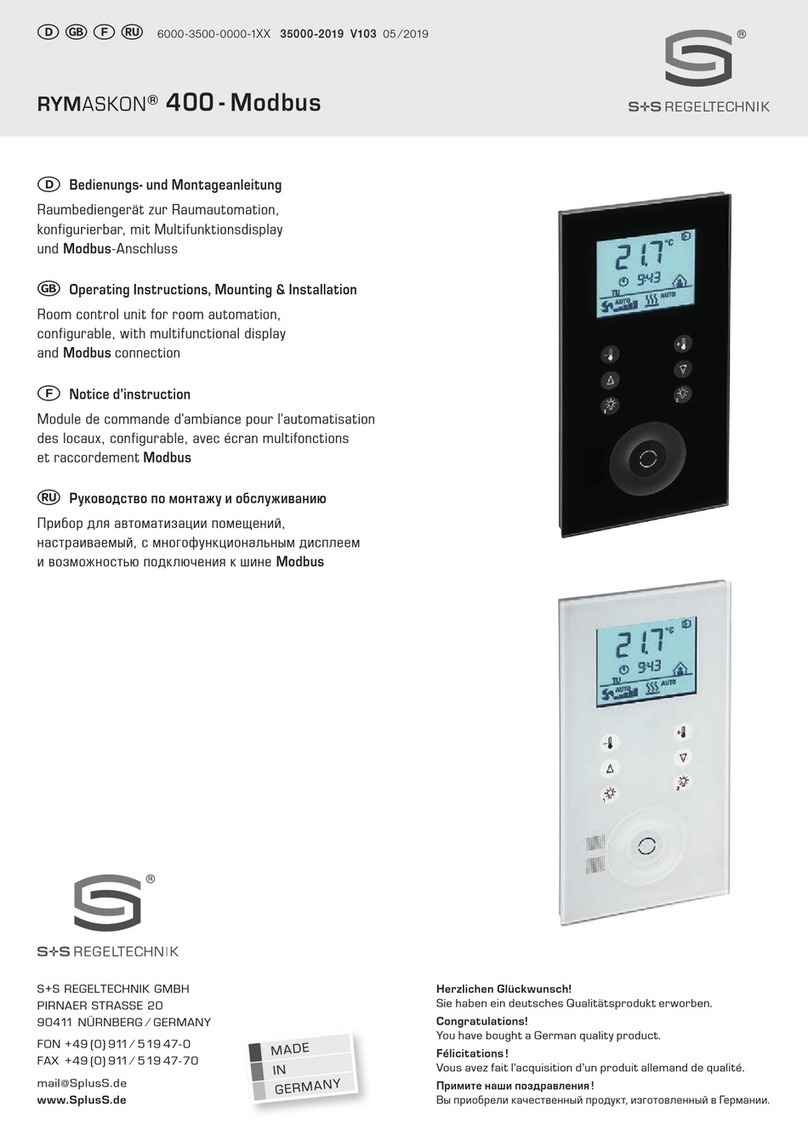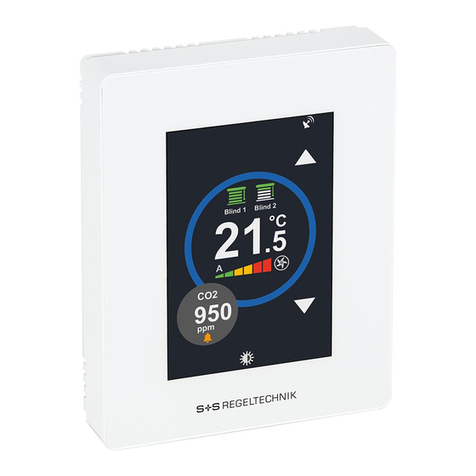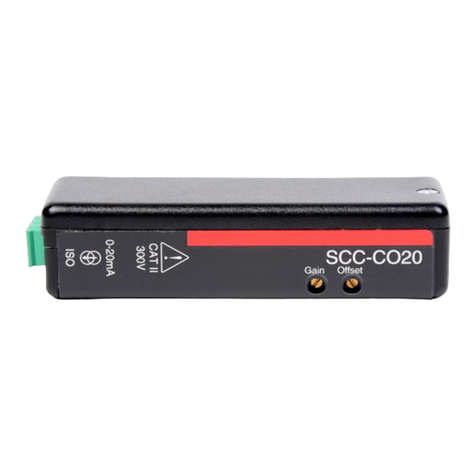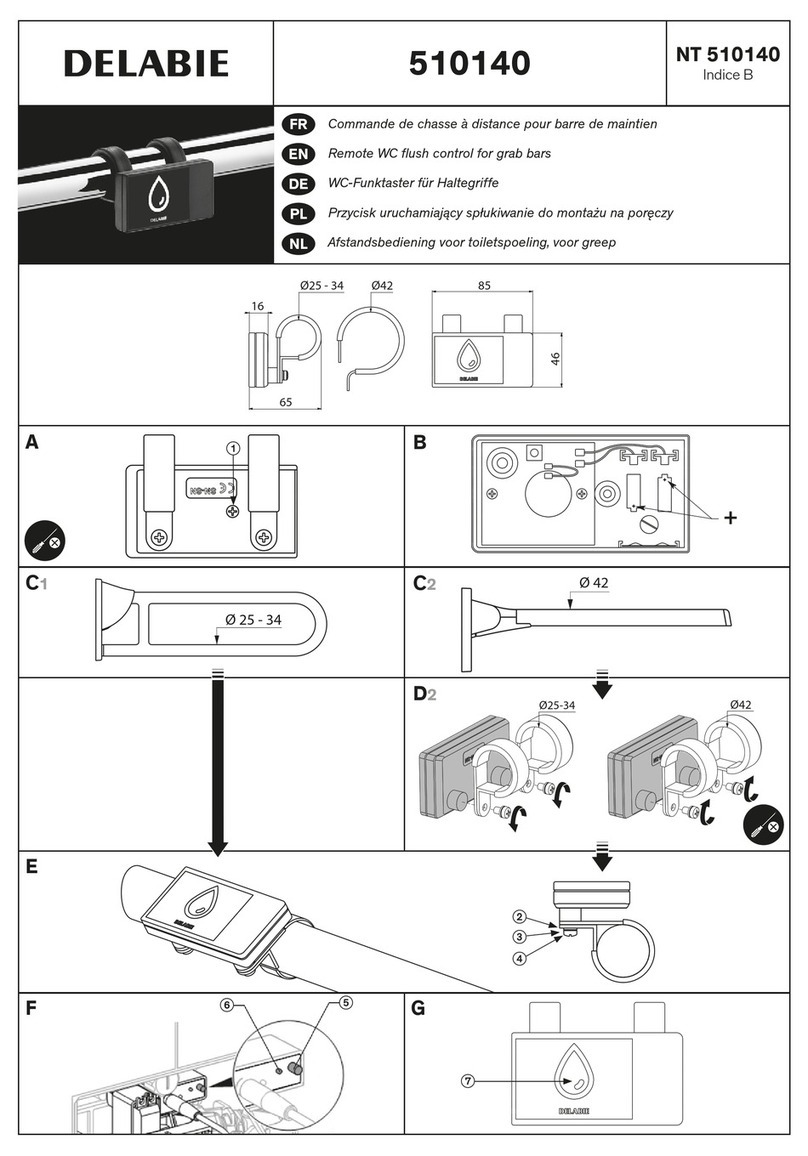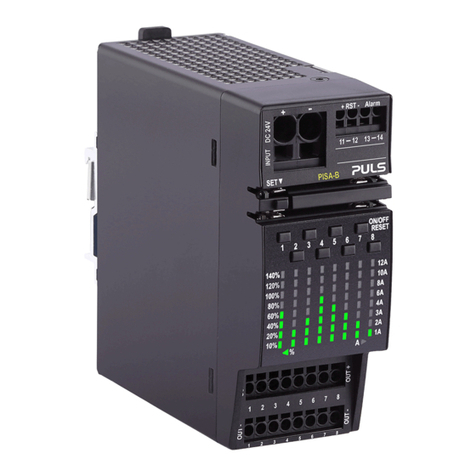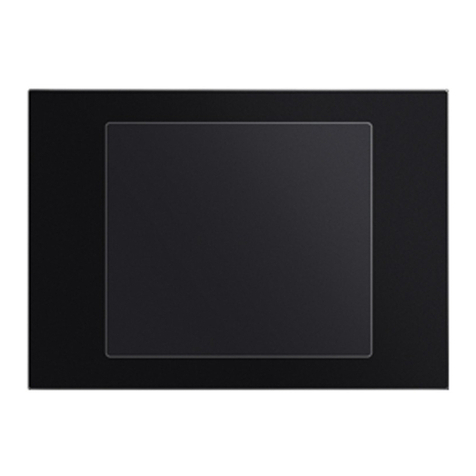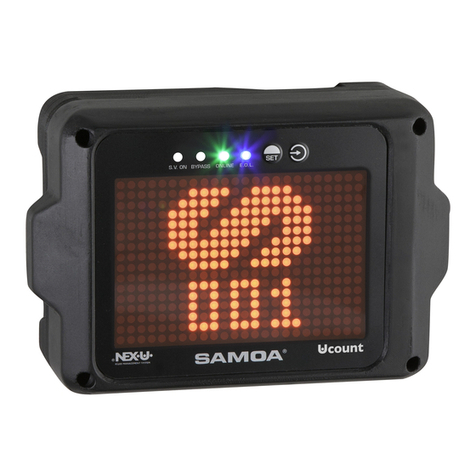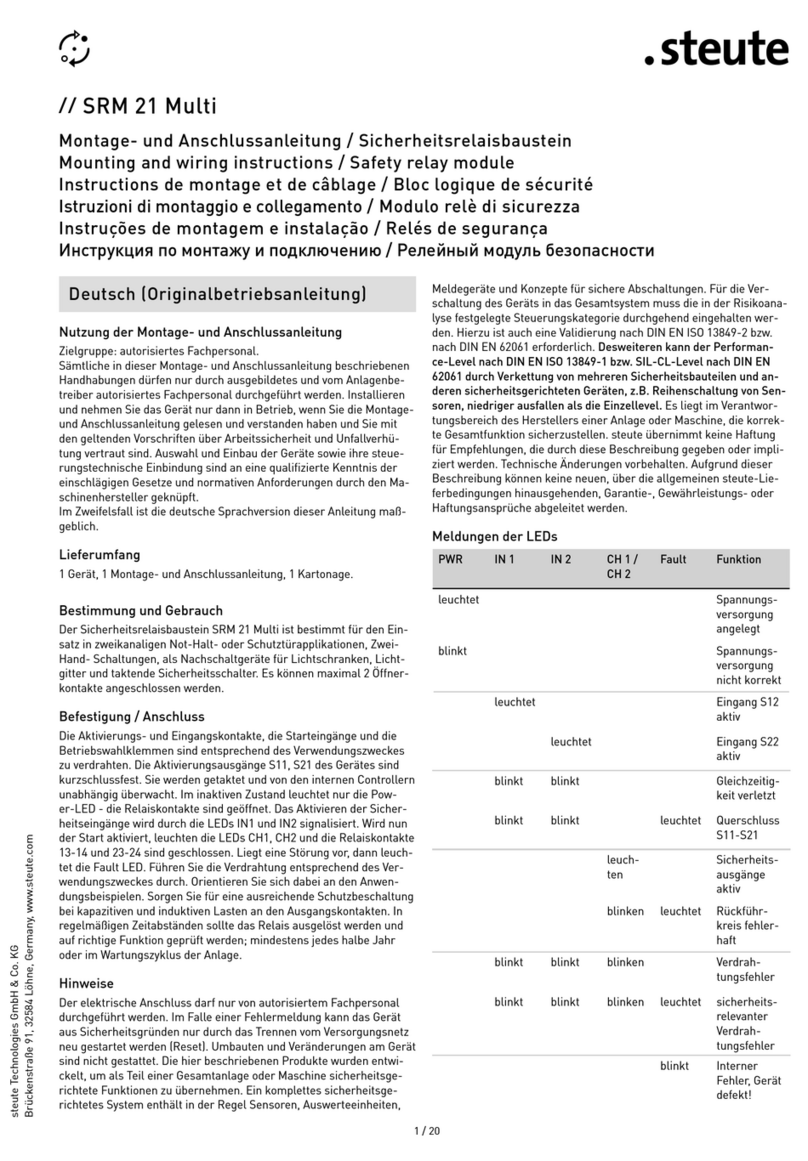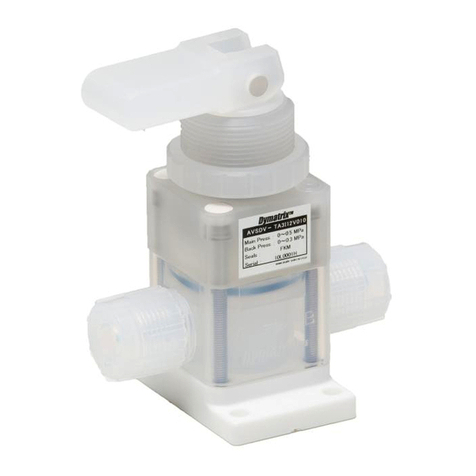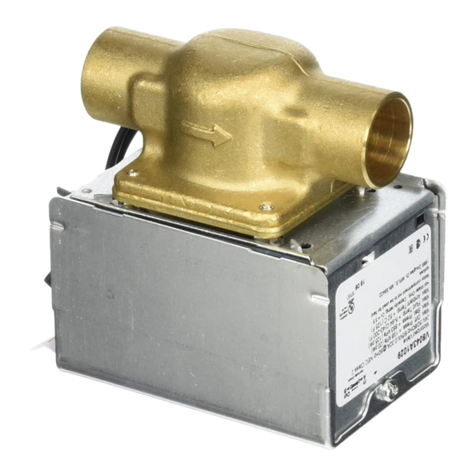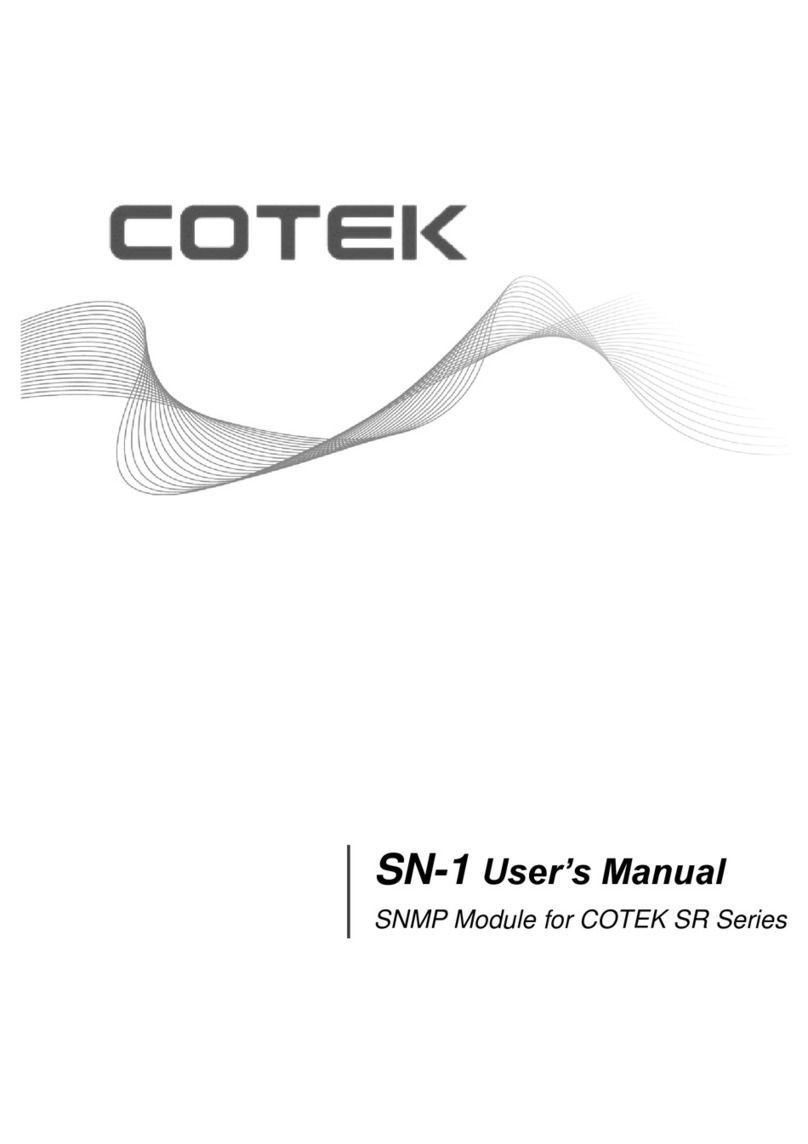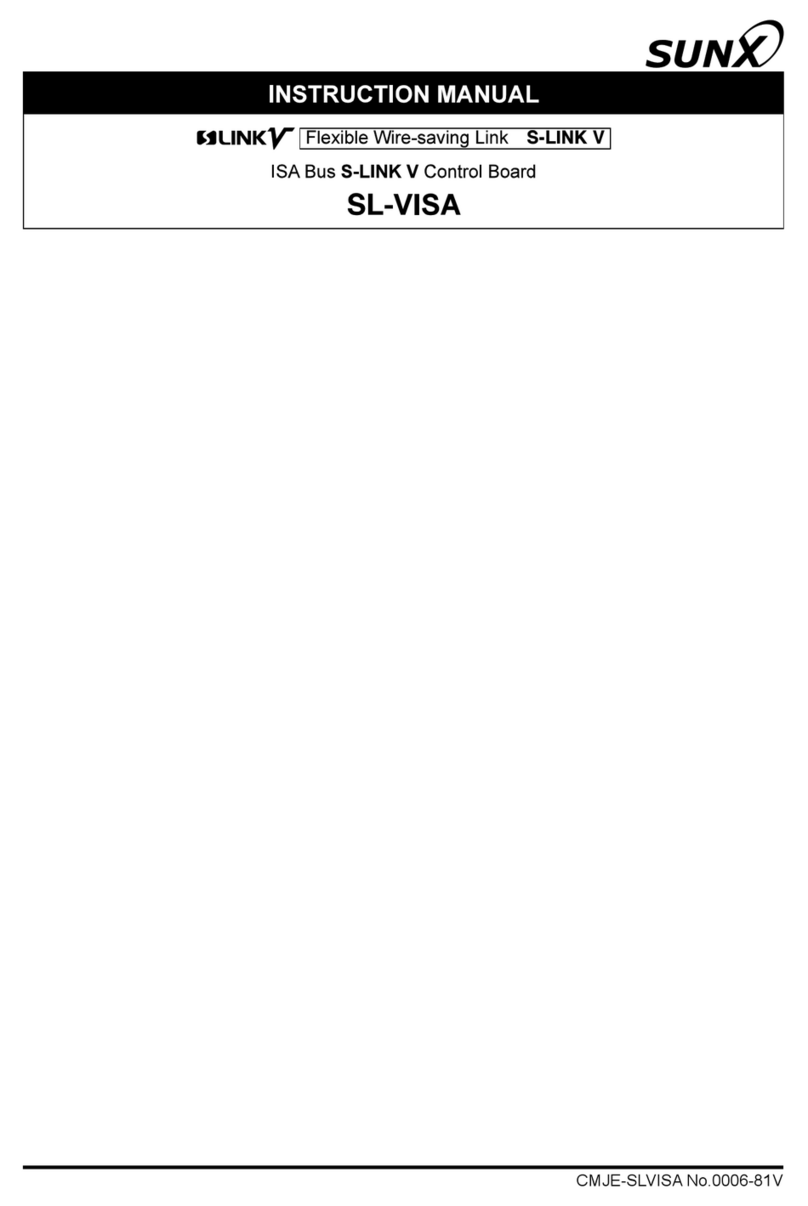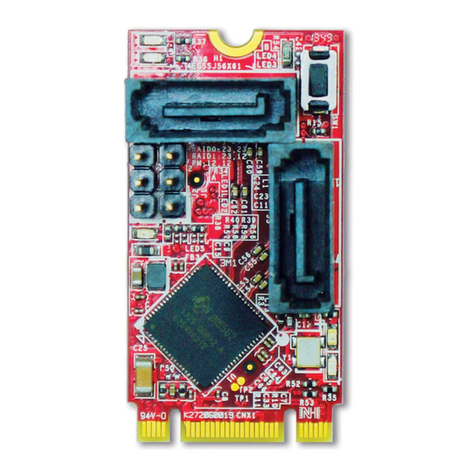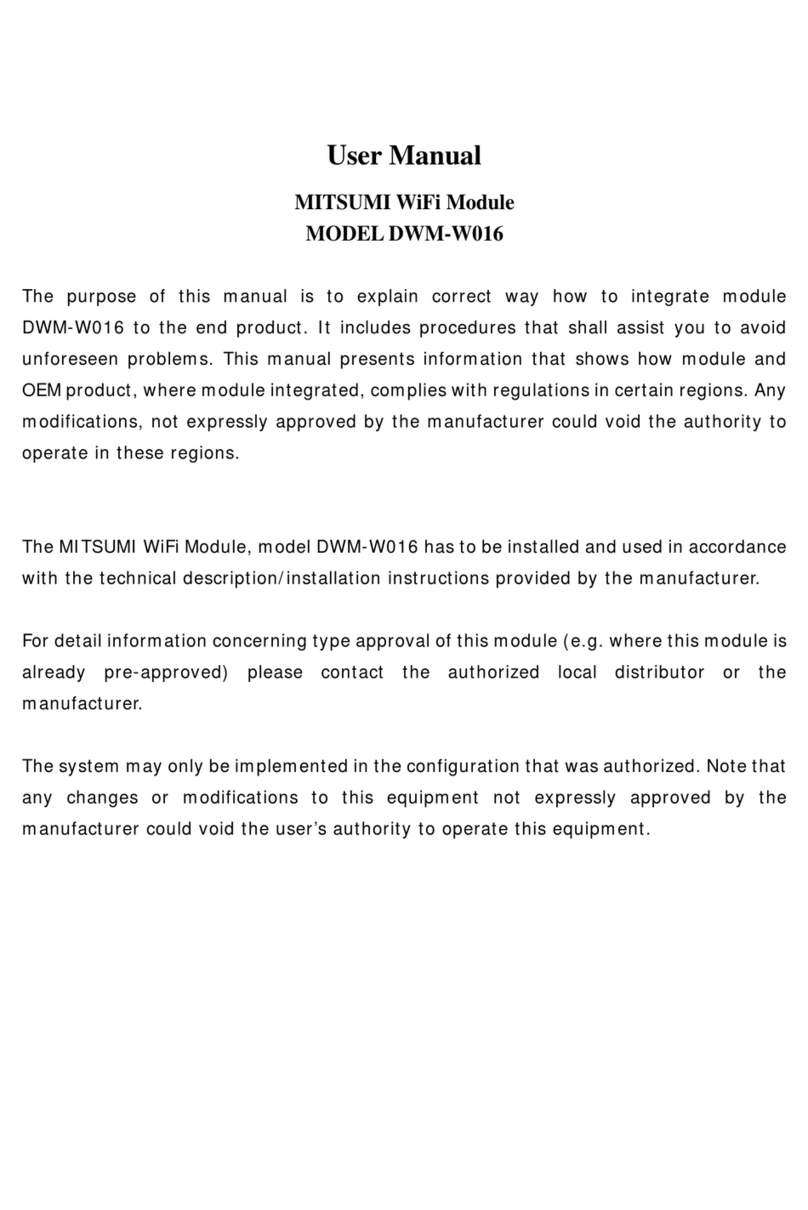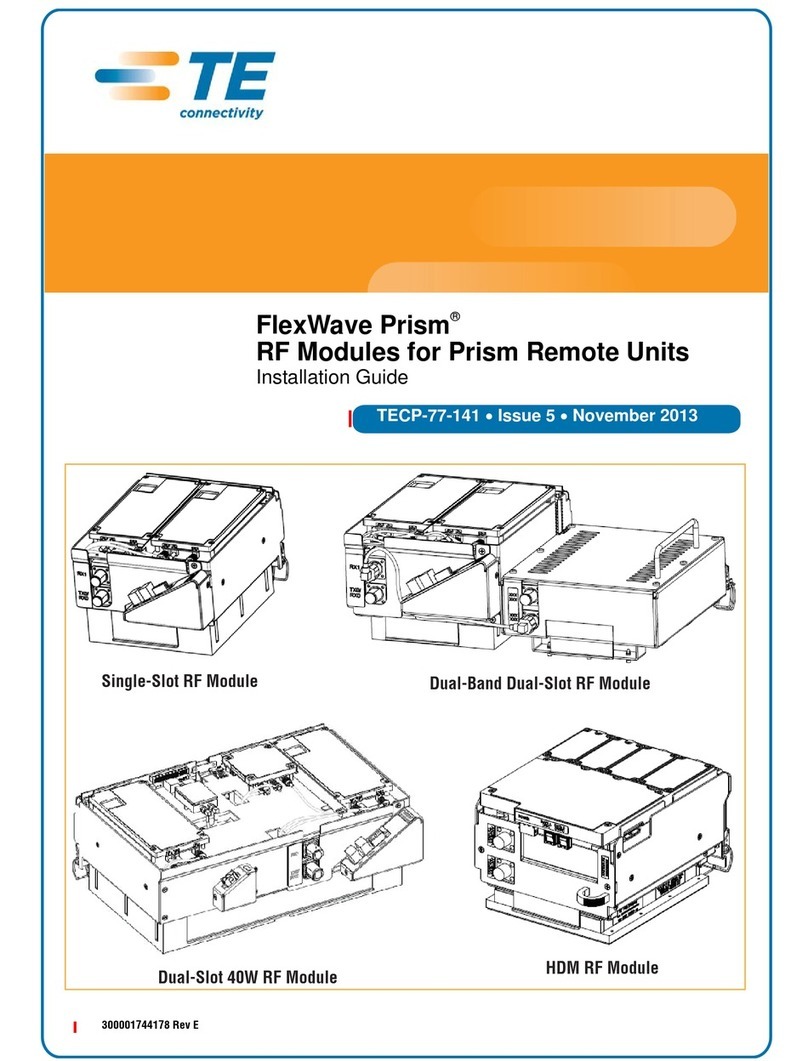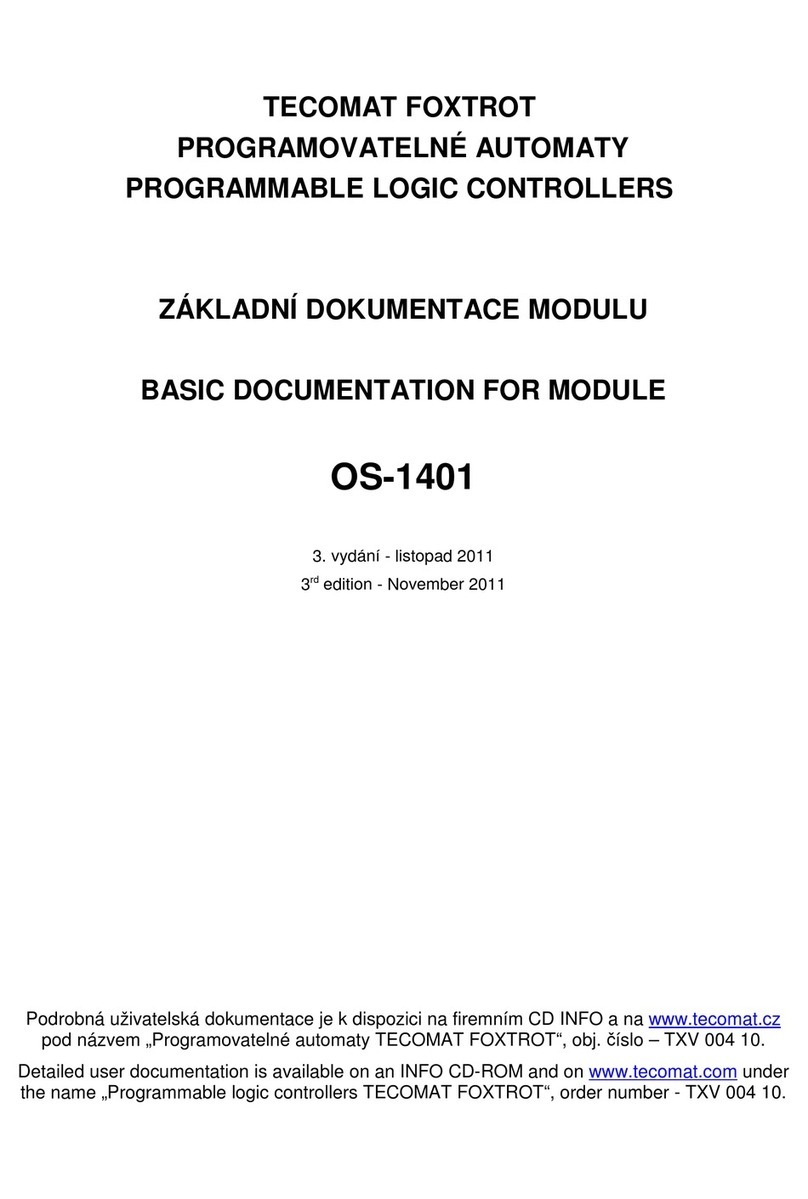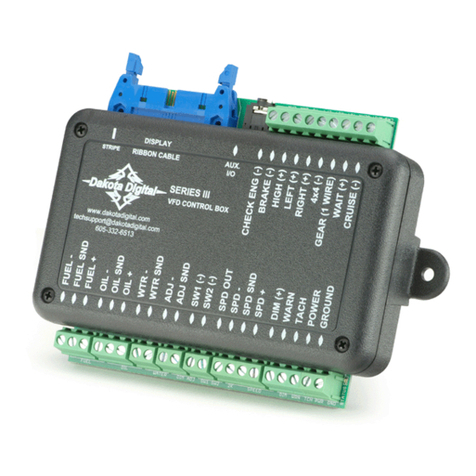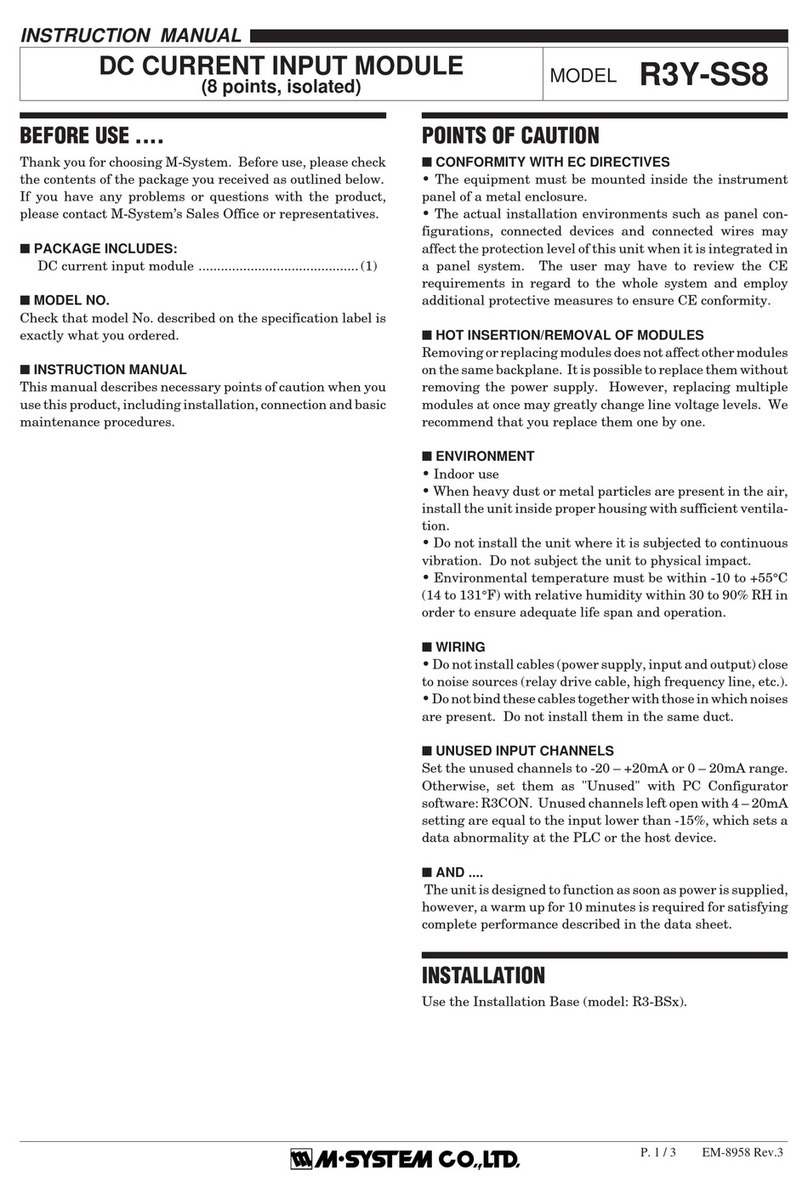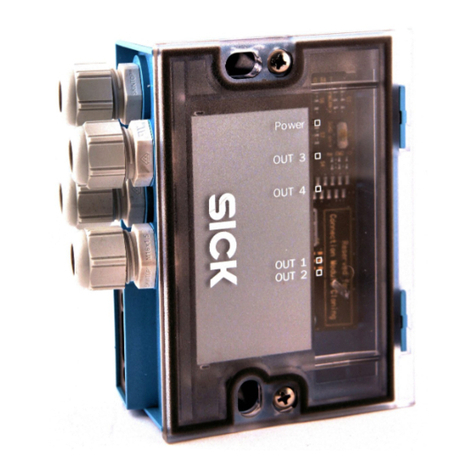© S+S REGELTECHNIK GMBH | THURN-UND-TAXIS-STR.22 | 90411 NÜRNBERG | GERMANY | FON +49(0)911 519470 |www.SplusS.de
Page 3 of 55
Table of Content
1. Introduction ................................................................................................................................................................4
1.1. Overview..............................................................................................................4
1.2. Key Features........................................................................................................5
1.3. LCD Segments.....................................................................................................6
2. Quick-Start Guide.....................................................................................................................................................10
2.1. Hardware Installation.......................................................................................10
2.2. User Interface....................................................................................................11
2.2.1. General Description.................................................................................11
2.2.2 Operating Modes .....................................................................................12
2.2.3 Access Levels ..........................................................................................14
2.2.4 Device Settings ..........................................................................................15
2.2.5 Factory Default........................................................................................16
3. Modbus.....................................................................................................................................................................17
3.1. Introduction.......................................................................................................17
3.2. Modbus Network...............................................................................................17
3.3. Modbus Register Usage for Value Display......................................................18
3.4. Modbusregister Description.............................................................................19
3.4.1 Data Registers..........................................................................................19
3.4.2 Device Settings........................................................................................27
3.4.3 Configuration Registers...........................................................................29
3.4.4 Model Information Registers (read only).................................................45
3.4.5 Device Information Registers (read only)................................................46
3.4.6 NFC Registers...........................................................................................47
3.4.7 Value Scaling and Stepwidth...................................................................49
4. NFC ..........................................................................................................................................................................50
5. IR-Remote Control Operation ..................................................................................................................................51
5.1. General Description..........................................................................................51
5.2. Remote Control Pairing....................................................................................52
6. Troubleshooting........................................................................................................................................................53
6.1. Technical Support.............................................................................................53
7. Specifications............................................................................................................................................................54
7.1. Physical Specifications......................................................................................54
7.2. Sensor Specifications.........................................................................................55




















